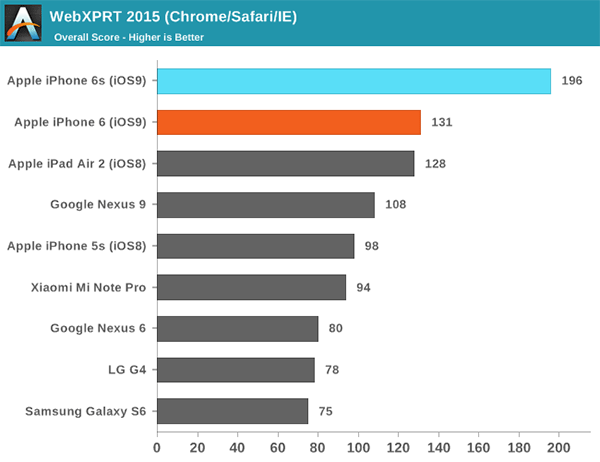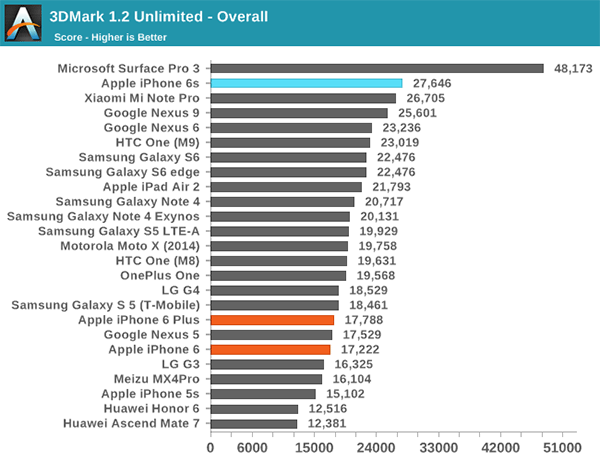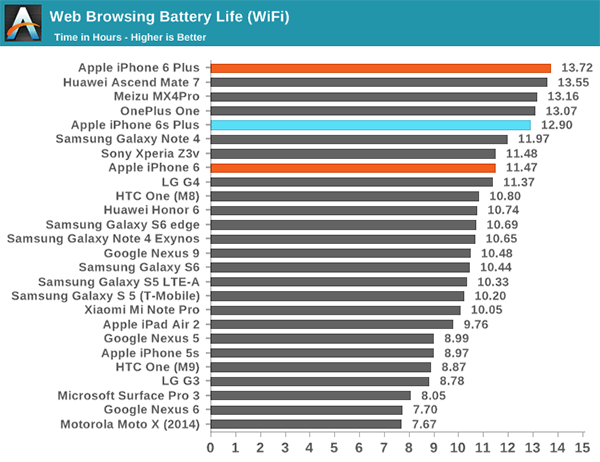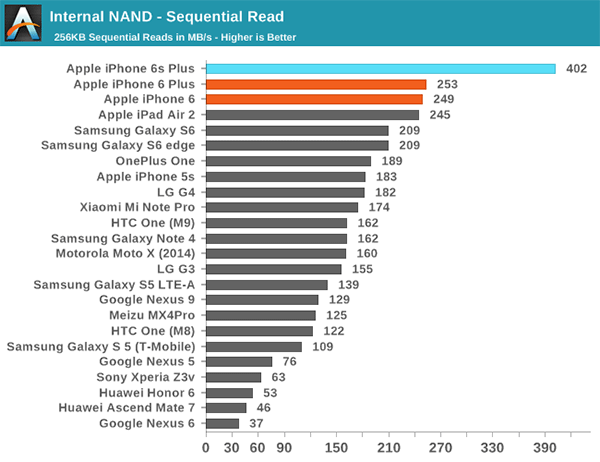Not by a long shot, NKP_Vet:

Your Galaxy Note4 did not even make the cut on that chart.

Again, where is your Galaxy note 4?

Oh, my, NKP_Vet, again, no Samsung Galaxy Note 4, anywhere in sight!
Let's look somewhere else than Tom's Guide from October 2015.
From Anandtech, September 29, 2015, Benchmark testing:

Oh, the latest Samsung Phone is down at the bottom. . .

This one FINALLY has your Galaxy Note 4 on it. . . around the middle in 10th position, with the iPhone 6S in second, beaten only by a HYBRID LAPTOP with an Intel i5 processor in it.

Again, your Samsung Galaxy Note 4 is bested by TWO iPhones. . . including one in the FIRST position.

This time your "better than any Iphone on the market" is in the twelfth position, and FIVE Apple iOS devices are higher rated than it. . . including FOUR in the first, second, third, and fourth place positions. . . and one that is a TWO year old Model!

This time your vaunted "better phone" is in NINTH position with again Five iOS Devices including FOUR iPhones and FOUR Apple devices in the first FOUR BEST positions.
These are benchmarks done using independent bench tests by independent testing organizations and reviewers. . . without a dog in the fight. They make sure that Samsung is no longer CHEATING on their benchmark tests (ala Volkswagen) by implementing special processor routines whenever they ran into the Geekbench tests. . . and are run clean.
I could go on, but this is enough to blow your ignorant claims out of the water. In every test in the last two years, Apple iOS devices have been the fastest on the market, using a true 64bit processor with a true 64 bit OS, with all native apps and APIs being 64 bit. Not something that Android can claim at all.